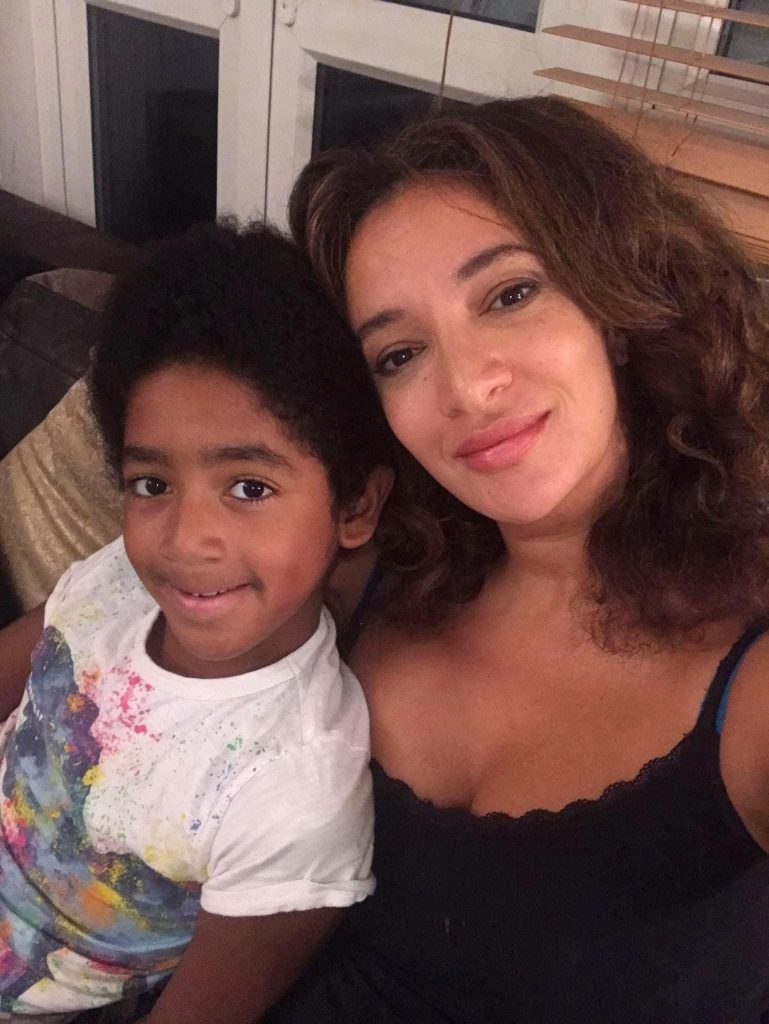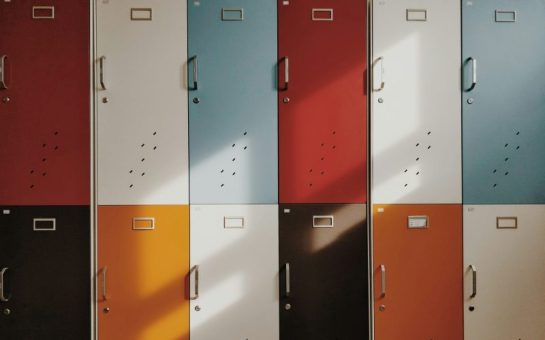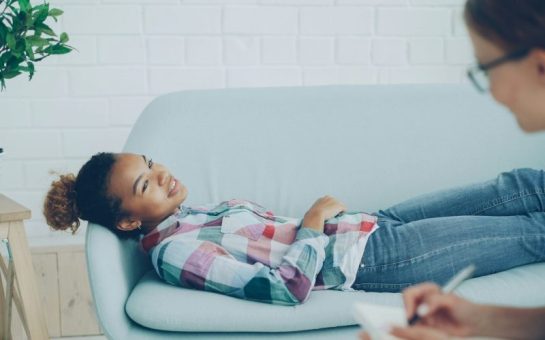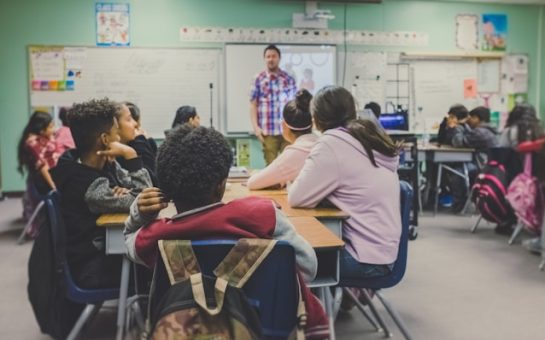School uniforms will be made more affordable for families in England after a new law passed through Parliament last week.
Schools will have to follow new guidance on uniform costs to ensure prices are accessible to everyone.
On average, parents with children in state-maintained schools spend £337 per year on school uniform for each secondary school child and £315 per year for each primary school child, according to a survey from the Children’s Society.
Fulham mum Katie*, 39, estimates she spends £500 on uniforms each school year for her 11-year-old daughter.
When her daughter was in a state primary school she had to pay £87 just for a blazer.
Her daughter’s school also asks for a £300 “voluntary contribution” from parents at the beginning of each academic year.
She said: “It can only be a good thing to bring in a law to limit how much you can spend because £87 on a blazer is such a joke if you’re sat at home choosing between heating and food.
“There’s an element of fear that if you’re not able to afford things that other children will be cruel to them at school.
“It’s easy for people to say ‘send them to a different school if you don’t like how expensive the uniform is’ but you don’t get a choice which state school you get to go to. You have to give five that you’d like to send your child to, and then it’s very much the luck of the draw.
“In London it’s an absolute mudslinging fight for who gets to go to what school. It’s phenomenally stressful.
“When they’re in junior and primary school they just outgrow everything so quickly.
“It’s something I had to strategise for and buy throughout the year because I didn’t want to suddenly have this huge bill to fork out for at the end of each summer.”
Another Fulham mum of two Gaia Beck, 41, said the costs can quickly add up when buying new uniforms each year.
Her son Michael, nine, needs a crested school jumper and tie, as well as trousers, shirts, black shoes, a PE kit, a school bag, and a PE bag.
Excluding extras such as bags and pullovers, she estimates she spends approximately £18 on each jumper, £6 each for white shirts, £8 for a pair of trousers, and £20 on shoes.
She typically buys three jumpers, five shirts, and five trousers – totalling approximately £144 for the base uniform alone.

She said: “You’ll need multiple of everything and hopefully they’ll see you through a year but more than likely they won’t.
“The prices of the jumpers are excessive considering what they are.”
Gaia gives the uniforms Michael outgrows to her neighbours, but said a school swap where parents could donate old uniforms to the school to be given out to others could help ease the financial burden for other families in the community.
Subsidies, such as the council’s school clothing grant, are available for families that meet certain criteria but not everyone is eligible.
“If you’re a single parent and you’re working you’re probably feeling it the worst because you don’t get anything free,” she said.
Gaia, who previously worked in events before the first lockdown, is particularly passionate about family finance as she started a new business during lockdown called ChippingIn, a crowd-funding platform specifically for children’s costs.
Guidance for schools will be published this autumn and once published, schools will be required by law to consider it when developing their uniform policies.
The new law, introduced as a Private Members’ Bill by Mike Amesbury MP, will encourage schools to consider high street alternatives to branded items.
It will also include measures on encouraging second-hand uniform, schools’ arrangements with suppliers, and ensuring parents have access to clear information about uniform policies.
Mark Russell, chief executive at The Children’s Society, said: “We’ve heard of children being sent home from school because their parents could not afford the correct uniform and of families facing impossible choices like cutting back on food or heating in order to buy the right kit.
“Some parents even said the cost of uniform impacted what school they sent their child to.
“This Bill will make life easier for families and help children to feel like they fit in at school and are equal to their classmates.”
*Name changed for anonymity.




